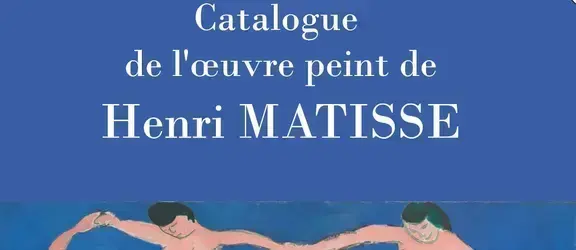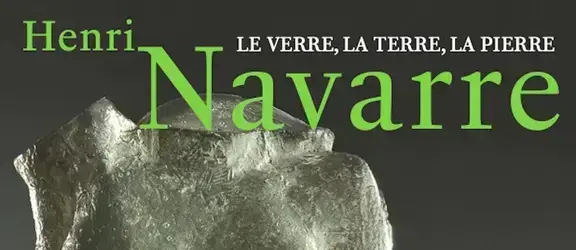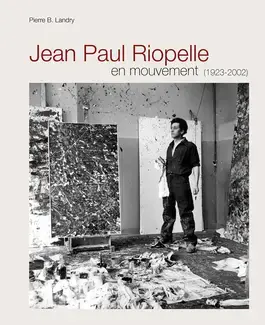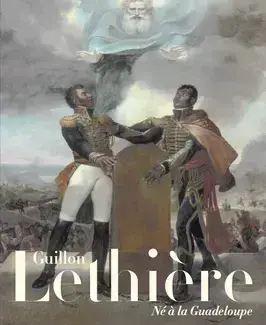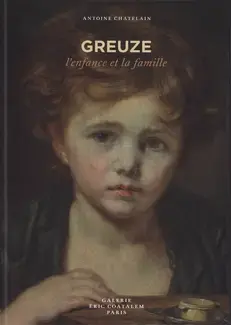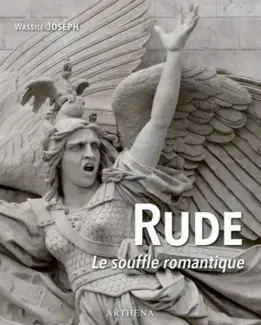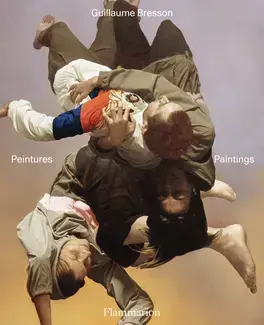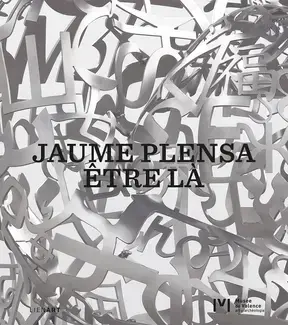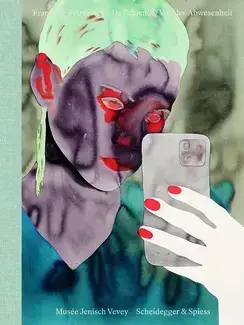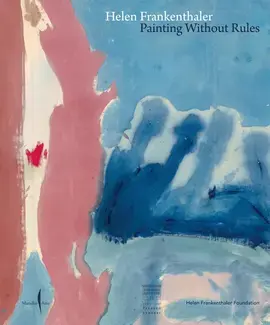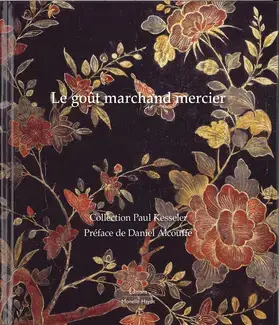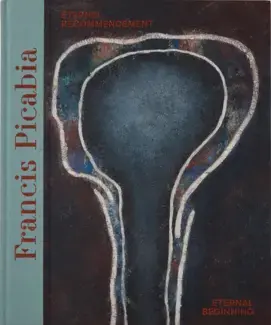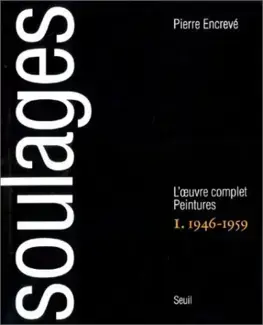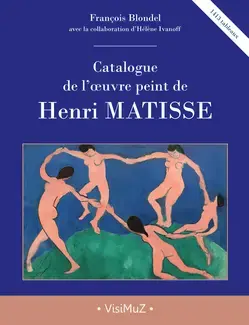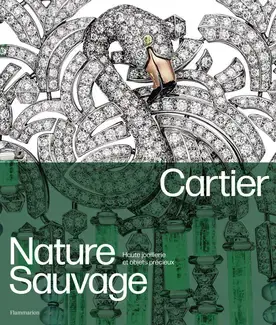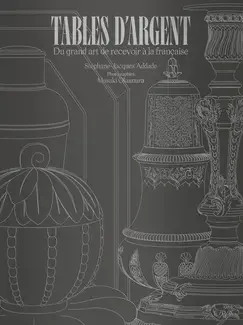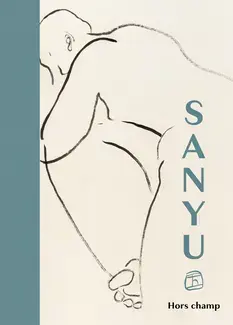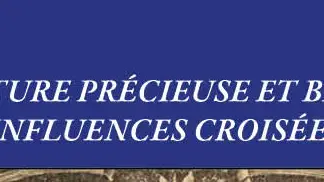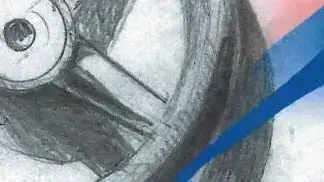 Home
Home
LE LIVRE DES MORTS D'ANI


Auteur(s) : Silvia Einaudi (dir.)
Limited edition of 1,499 numbered copies.
The Ani papyrus is universally recognised as one of the finest examples of Egyptian funerary art on papyrus. Complete and largely intact, it is considered by many to be the very benchmark of a Book of the Dead. The papyrus has been dated to the 19th Dynasty, around 1275 BC, and is thought to have come from Thebes, now Luxor. Acquired in 1888 by the English Egyptologist Sir Ernest A.T. Wallis Budge, it immediately joined the collections of the British Museum's Department of Egyptian Antiquities. Almost 24 metres long, the papyrus was cut into sections to make it easier to display. This is how it remains today in the collections of the London museum.
Books of the Dead, intended to accompany the deceased into the afterlife, first appeared in the region of Thebes during the 17th Dynasty (1600-1539 BC). Their purpose was to enable the soul of the dead to return to earth during the day after having passed through the subterranean world of Osiris at night. This journey through the underworld is fraught with pitfalls and unpleasant encounters. Thanks to its magical formulas, the precious book provides the deceased with the keys to escape the perils and, regenerated, enter a new, blissful life.
The present copy, intended for the royal scribe Ani, is remarkable both for the finesse of its execution and for the breadth and richness of the narrative it describes. Its sixty or so hieroglyphic formulae are magnificently calligraphed. The painted vignettes testify to great technical mastery and formidable creativity. This publication includes a facsimile of the 37 plates of the Ani papyrus, reproduced at actual size, and is accompanied by a book of commentaries by leading Egyptology specialists.


We also
recommend
Bookshop
New book new
Bookshop
Favorites


